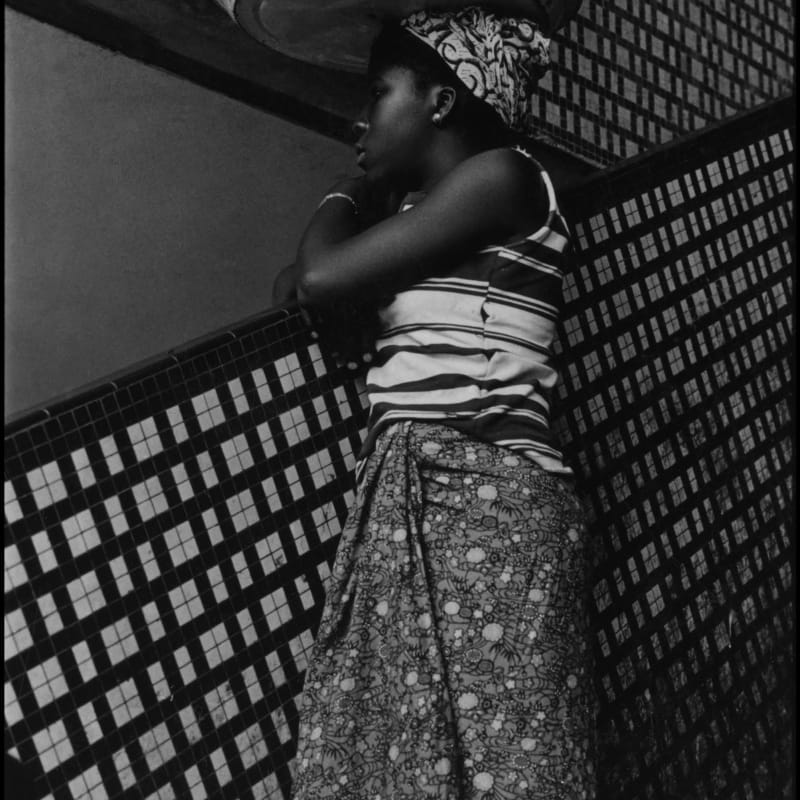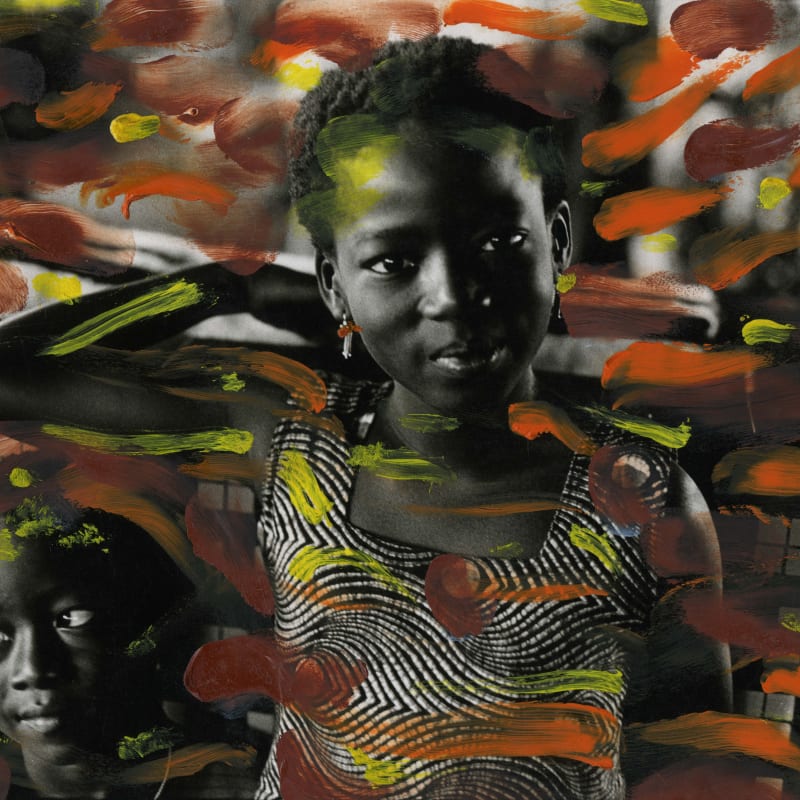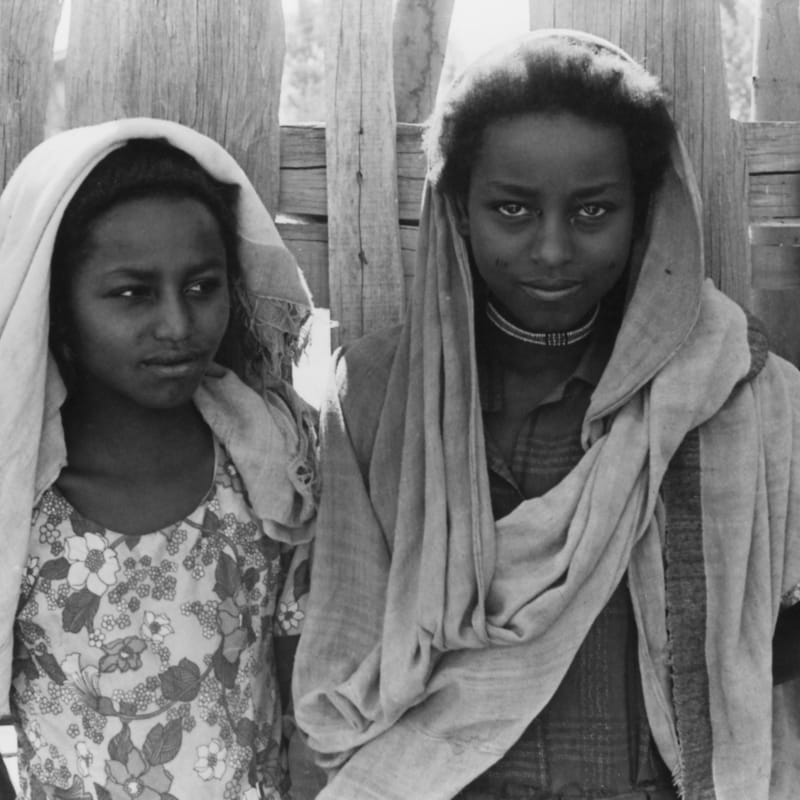Containing works from the start of the 1970s to the present day, including a number of never before seen archival prints, the exhibition explores the painterly quality of Ming Smith’s photographic work. From photographs taken in the New York neighbourhoods of Coney Island and Harlem, to the cities of Abidjan, Ivory Coast and Gambela, Ethiopia, the exhibition reflects the diversity of Smith’s personal experience, the openness of her perspective and her embrace of subjectivity as a fundamental conceptual choice.
Smith’s work draws attention to the physical process of shooting film, using double exposure, slow shutter speeds, hand-tinting and, at times, over-painting. In particular, Smith’s use of the blur is a characteristic technique as seen in two of her works depicting spiritual activity. Sunday Morning Service, Harlem (1990), and First Sunday I (Grandmother’s Pocketbook) (1980), evoke a transcendent quality through soft hazy strokes of light and dark. Signifying an intentional rejection of her medium as a form of documentation, the blur highlights a dynamic and reciprocal relationship with her subjects. This technique is also used in a number of images of jazz musicians, capturing their skilled improvisations. Building on her painterly photographic language of black and white, at times Smith applies literal strokes of paint – abstract marks made with vibrant colour heighten or transform the emotional resonance of an image. Rhythmic swathes of blue, yellow and white capture the energy of three young boys in Trio in Gambela (1972), whilst daubed red pigment evokes a visceral sense of unease in America Seen Through Stars and Stripes, painted (1976). In Manhattan Parallels red (1976), a bold stripe of red accentuates the lines of high-rise buildings in an abstract study of line and tone.
The works presented affirm the tenderness, respect and wonder with which Smith approaches each of her subjects, whether mourners at the funeral of dancer, Alvin Ailey, or young families enjoying a funfair. Jump (1976) captures a young man enjoying the sheer exhilaration of movement, whilst in Flower Lady (1996), a woman wears a decadent hat and matching corsage of colourful handmade paper flowers. A rare self-portrait of the artist nursing her baby son articulates the intimacy that gently permeates her work. Community and family, with a particular focus on black family life, is at the heart of Smith’s practice that celebrates its beauty and complexity.




